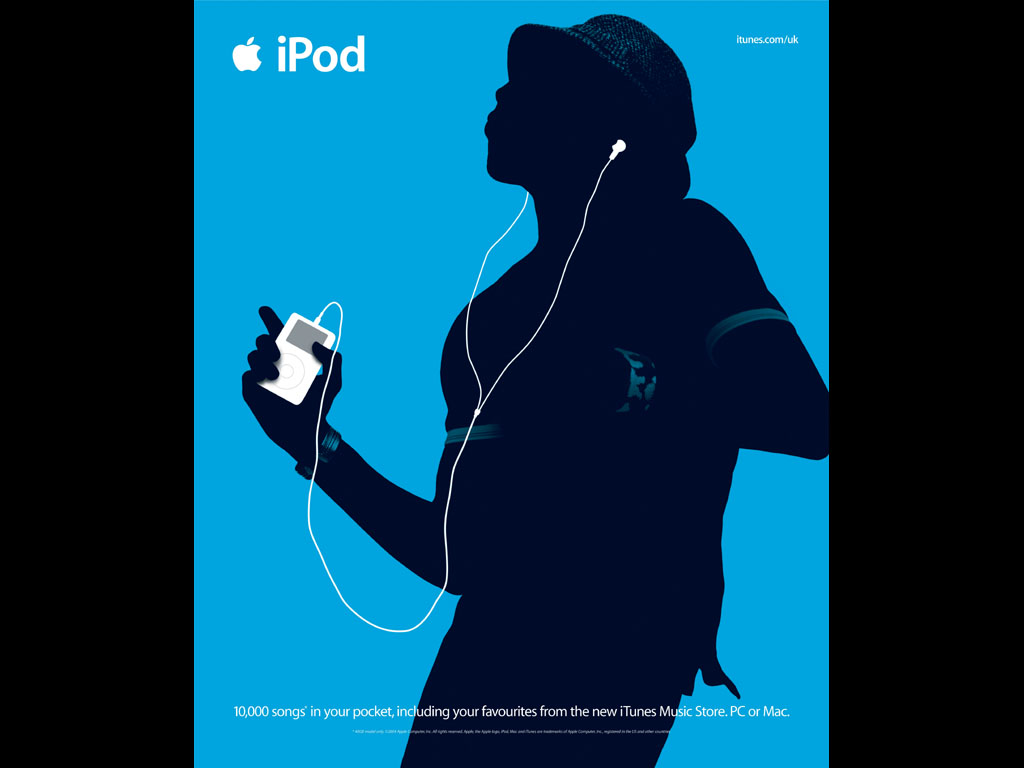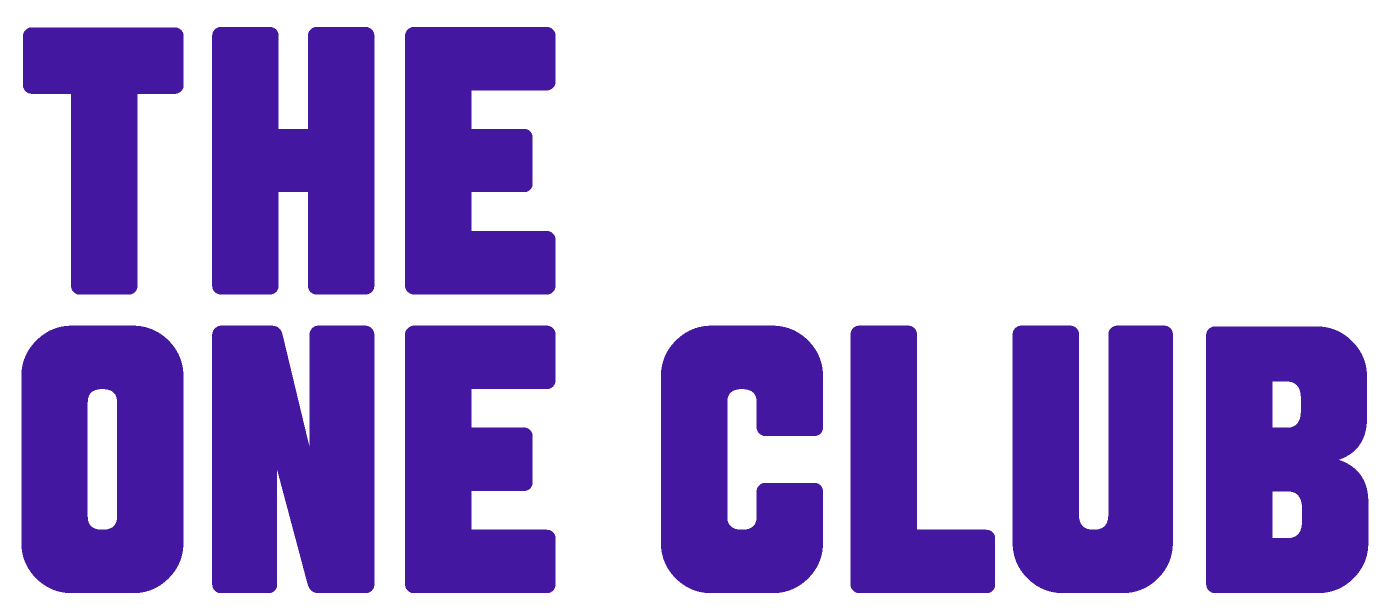Lee Clow
1997 Creative Hall of Fame Inductee
Advertising, Design, Illustration
Lee Clow is a legendary art director known for his instinctive ability to identify impactful ideas in advertising. Renowned for iconic campaigns like Apple's "1984" and Nike's "Air Jordan," he transformed Chiat/Day into a creative powerhouse, blending leadership with a passion for design and communication excellence over three decades.
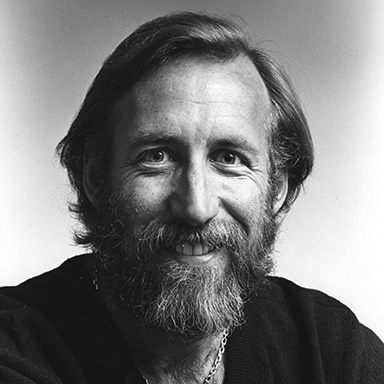
Career
There are only two people I’ve ever worked with in advertising who can stand in a war room papered with a thousand ideas that run the gamut from awful to promising and, without seeming to think or ponder, point to The One that’s right, that will work, that will make the clients rich and the agency famous.
Lee Clow is one of them.
(Don’t worry, Phil, you’ll get in here one of these days.)
Lee is first, foremost, at some genetic or even sub-atomic level, an Art Director. He reacts viscerally to both ugliness and beauty, and focuses all his considerable powers on bringing the latter out of the former.
A denizen of Chiat once dubbed him “Art Director of the World.” He’ll redesign buildings while walking down the street, re-route freeways that don’t look right, re-concept rental cars at the airport, revise billboards seen from his car window and magazine ads from his plane seat.
He’s assaulted by the sheer ugliness of things, as if he sees bad design and bad ideas as the most immediately life-threatening form of pollution, and good advertising and communication as his own personal environmental protection act.
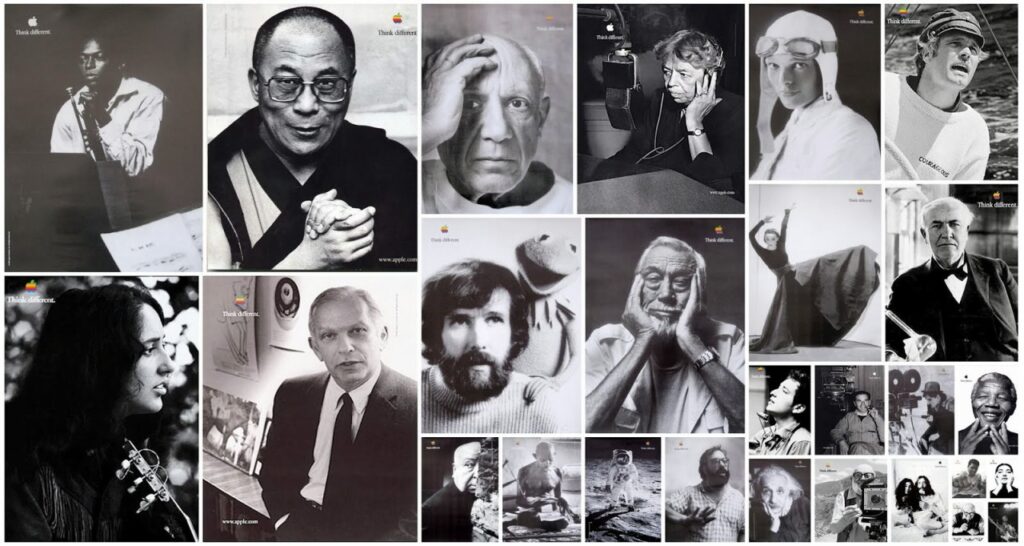
Lee’s done some of the most memorable advertising on the planet, from the Apple “1984” commercial-still considered the best commercial ever created-to Nike and the introduction of “Air Jordan,” to the Energizer bunny and its current “Spotters” spots, to the recent Nissan “Enjoy the ride” campaign that once again has people hitting the volume instead of the mute buttons on their remotes during commercial breaks.
More than any other single individual, Lee has made Chiat/Day a great agency. He’s broadened its style, deepened its talent pool and created a culture that will go on doing great work for generations beyond his time. And, he was the only human on the planet who could reason with Jay.
All of which has required that Lee play a dozen roles in the agency’s history, from chief financial officer and stock planner to director of client services to media director to head of personnel. I’ll never forget the day he was made president of Chiat/Day and had to make a trip to the bank. What did the bankers think of this bearded guy in shorts and sandals whose signature was going on the paychecks and upon whose tanned, hair-draped shoulders rested a billion or so in media investments?
But Lee is a leader. Even bankers can see that. Clients certainly have, as have the hundreds of people who’ve worked with and for him at the agency. He’s the guy with an internal guidance system that never fails, the guy you want at the helm in a storm. He’s easily the most articulate art director on the planet. In fact, he’s come up with more great lines than most of the copywriters I know. Like “Good enough isn’t good enough,” emblazoned now on fifteen generations of Chiat/Day T-shirts. “A mistake is just another way of doing things,” which has a Yogi Berra quality to it. And my all time favorite, “The best revenge is a better ad.”
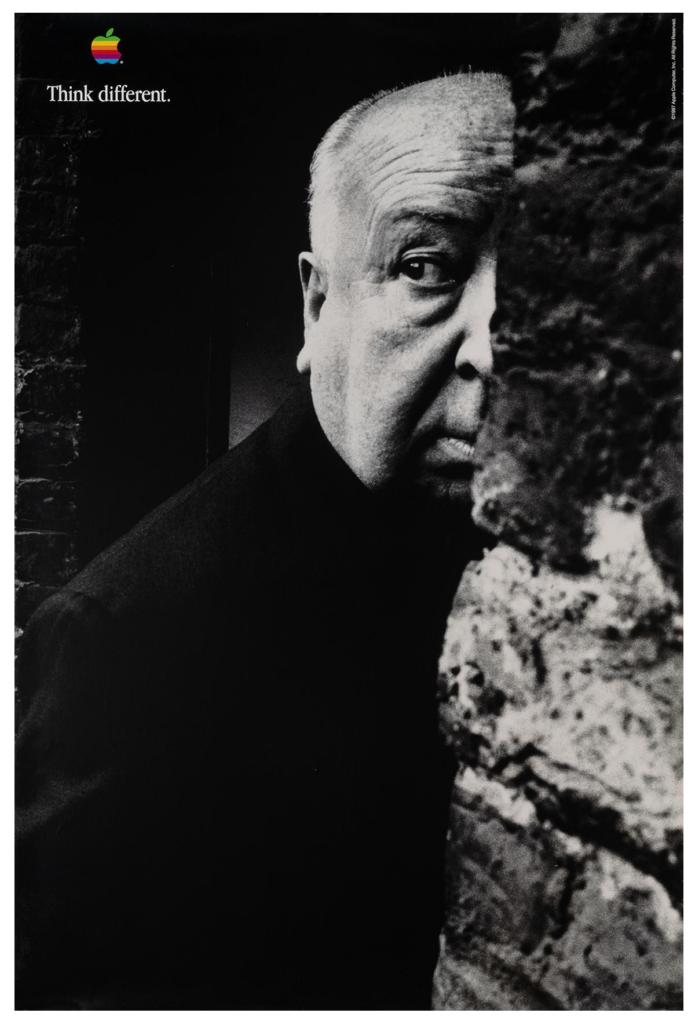
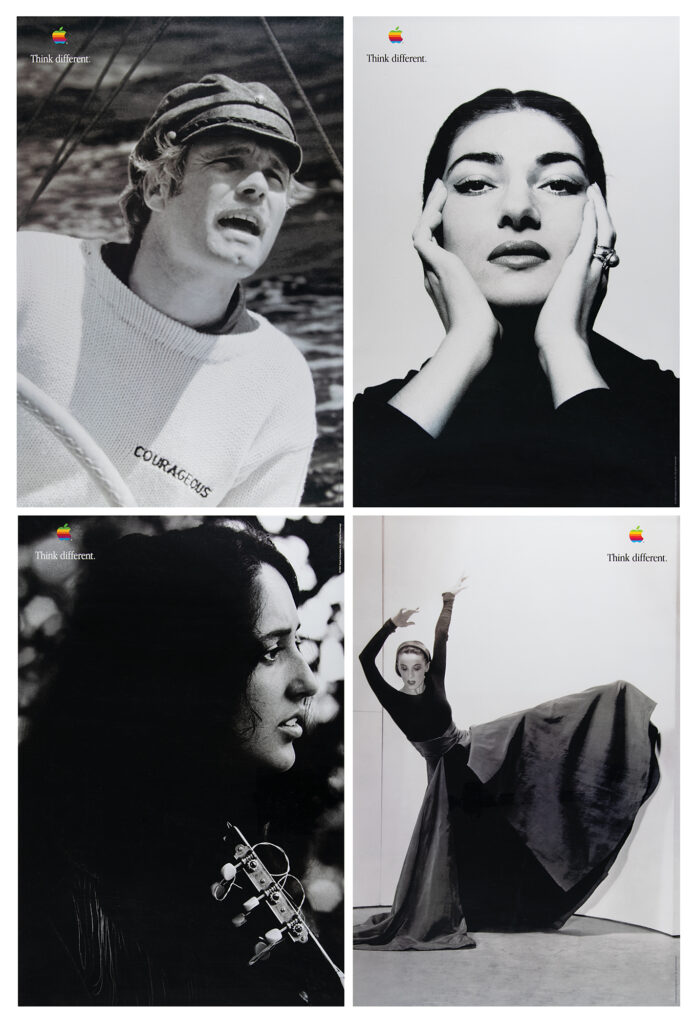

Which brings us to how Lee talks. Like most great art-directors, he’s not big on long headlines and ten dollar words. And when clients and account people and planners talk to him about the latest paradigm shift of managed chaos or coopetition or any of the other buzzwords that grace the pages of the Harvard Business Review, he will tend to ask, “What does that mean?” So the conversation quickly moves to what’s really important and what will really work. This is called intelligence. Because when you work with Lee, the thinking behind the communication has to be as elegant and smart as the work itself.
When Chiat/Day became TBWA Chiat/Day, the Ad World tsk-tsked over its lattes about the end of an era. Omniglob had swallowed another great independent agency. But then a very interesting thing happened. The work got better. Largely because Lee could stop worrying about rent and overhead and credit lines and stock plans and get back to doing the work.
The only bad thing about the merger was that it forced Lee to spend more time in New York. For years I’ve tried to convince him that Manhattan is really just the world’s largest reef of human coral. But he still hates the place and will suffer endless red-eyes to minimize his time here and get back to the beach. So what’s his thing about the beach? Well, first of all, it’s clean. It’s economical. It’s perfectly designed. And it embodies the most powerful ideas in the universe: life, force, being and becoming.
One long ago midnight, I was walking down a hall bedecked with more good work than I’ve ever sees any other advertising agency produce-and this was for a pitch-and he said quietly, “We know how to do this stuff.”
Lee, at least, does indeed know how to do this stuff. And what’s more impressive than any single accolade or honorific is that he’s been doing it for thirty years-he did it yesterday, and, once he gets his funny suit off, he’ll be doing it tomorrow.
